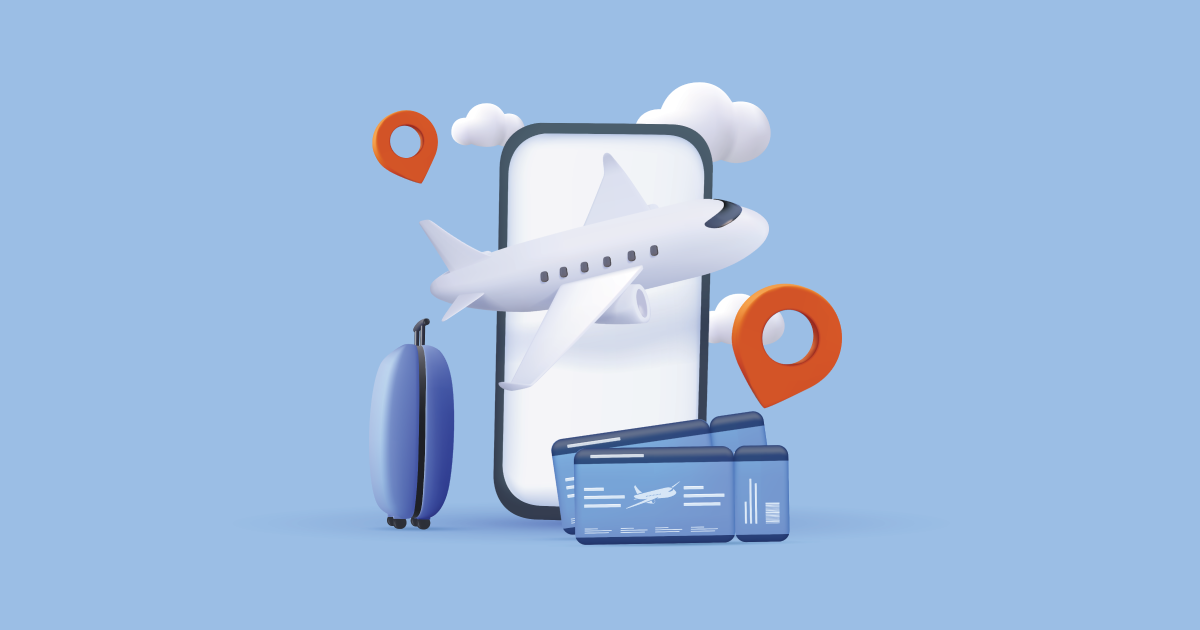For many travelers, mobile check-in is fast and convenient. But for those of us who use screen readers, that convenience can disappear in an instant.
I'm blind and use a screen reader daily. I write about accessibility not from a technical lens, but from the real-world perspective of someone navigating everyday tasks with assistive tech.
In this post, I'll share what happened when I tried to check in for a flight on an airline's mobile website—and why these failures are more common than you think.
Check-In Should Be Simple—But It Wasn't
Like most travelers, I got an email inviting me to check in for an upcoming flight. I opened the airline's mobile site on my phone, expecting a quick process. But what should've taken two minutes turned into a frustrating series of barriers—none of which would affect a sighted user.
Screen Reader Failures on the Login Page
The first problem appeared immediately: incorrectly labeled form fields. My screen reader didn't say "Last Name" or "Confirmation Number." Instead, it simply announced "edit text" with no context.
I had to guess which field was which. Once I got past that page, I encountered an even bigger issue.
A Button That Didn't Work
After entering my details, I tried to tap the "Continue" button. It looked like a button—but it wasn't coded as one.
Because it wasn't a proper HTML element, my screen reader couldn't activate it. I tapped repeatedly, but nothing happened. Eventually, I gave up and switched to a desktop browser, where I managed to complete check-in with even more trial and error.
This type of barrier happens constantly when mobile sites are designed visually but not tested with assistive tech.
Dropdown Menus and Date Pickers That Don't Respond
On other airline sites, I've run into broken dropdowns and calendar widgets that leave me stuck. I can hear the field exists, but I can't interact with it. No keyboard support. No screen reader support. No way to continue.
When your entire travel process depends on completing check-in, these moments aren't just frustrating—they're a failure of digital inclusion.
Why It Matters: Compliance Isn't the Same as Usability
The Air Carrier Access Act (ACAA) requires airlines to deliver accessible services, but meeting regulatory standards alone doesn’t guarantee a seamless digital experience for travelers with disabilities. The U.S. Department of Transportation reports that people with disabilities took more than 27 million trips in 2019, and since then, accessibility-related complaints in air travel have more than doubled.
When an airline’s check-in site is inaccessible, it’s not just a technical issue—it represents a significant breakdown in customer service and digital inclusion.
What Airlines Can Do to Improve
If you're designing or testing airline check-in experiences, here's what you need to prioritize:
- Use proper HTML labels for all form fields
- Ensure buttons are coded as interactive elements
- Avoid or fix custom date pickers that trap screen reader users
- Test real scenarios with assistive technology—not just automated tools
Accessibility Checklist: Airline Check-In
Want a quick reference for evaluating your airline's mobile site?
Checklist:
- Are all form fields labeled with clear, descriptive text?
- Can users activate all buttons and links using screen readers?
- Do dropdowns and calendars support keyboard and assistive tech navigation?
- Is the check-in flow tested with actual screen reader users?
- Is the site WCAG 2.2 AA compliant and usable in practice?
More from This Series
Start here: Making a Hotel Reservation as a Blind Guest
Next post: Using an Airline Mobile App as a Blind Traveler
A Better Approach to Accessibility
If your digital experiences create the same barriers repeatedly, even after audits, it may be time to rethink your approach.
UsableNet Assistive supports continuous accessibility with fewer internal bottlenecks. To learn more, contact us. 






